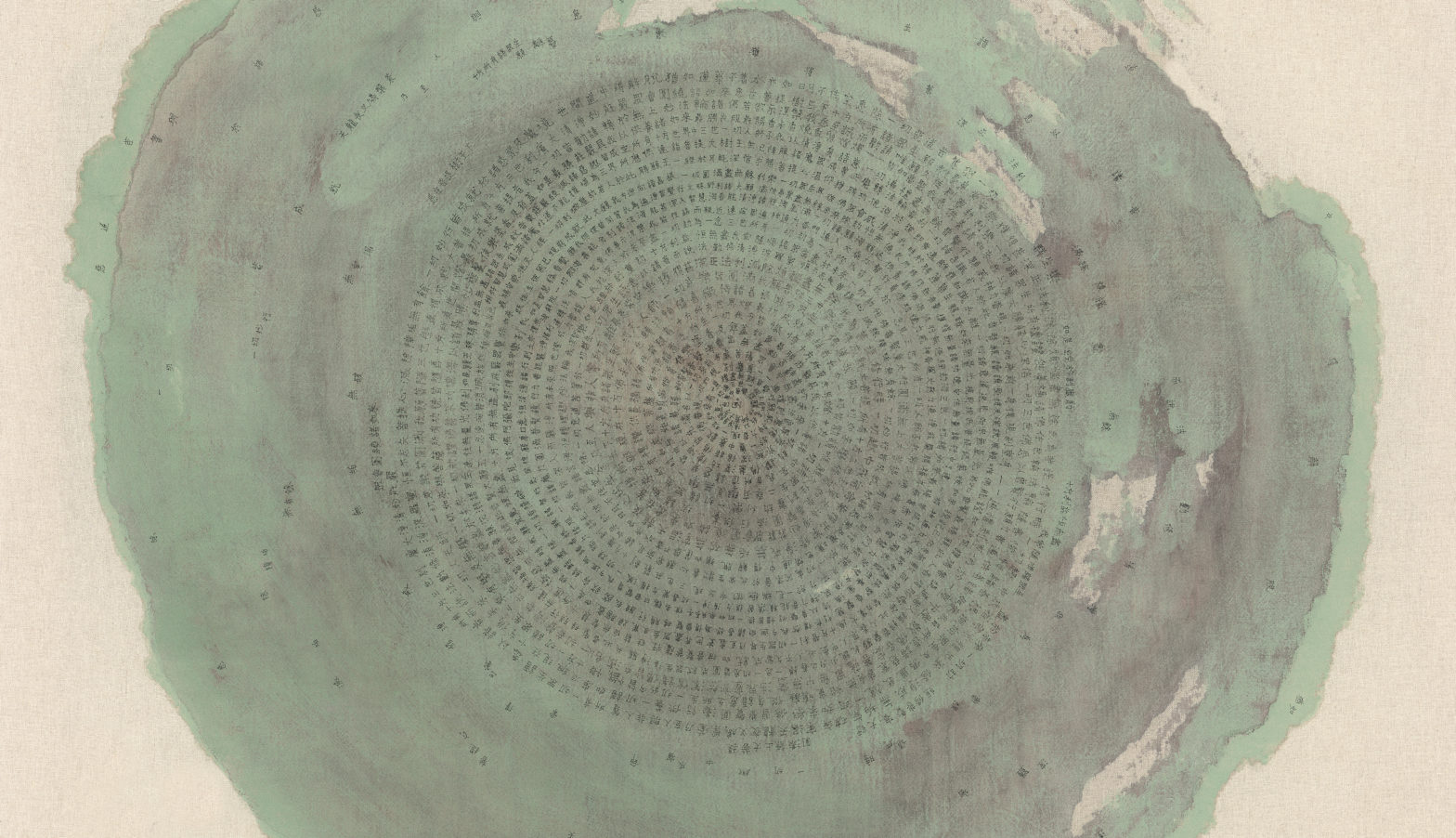Charwei Tsai
-
Kalachakra
In collaboration with Khorolsuren Dagvajantsan & Tsaschikher Tsagaankhuu A pair of hand-crafted and embroidered felt from Mongolia 180cm in diameter each Commissioned by Live Forever Foundation, Taichung, Taiwan “We Mongolians have been nomads with a long-standing nomadic culture throughout history. But today, with the rapid development of science and technology, people are shifting to a…
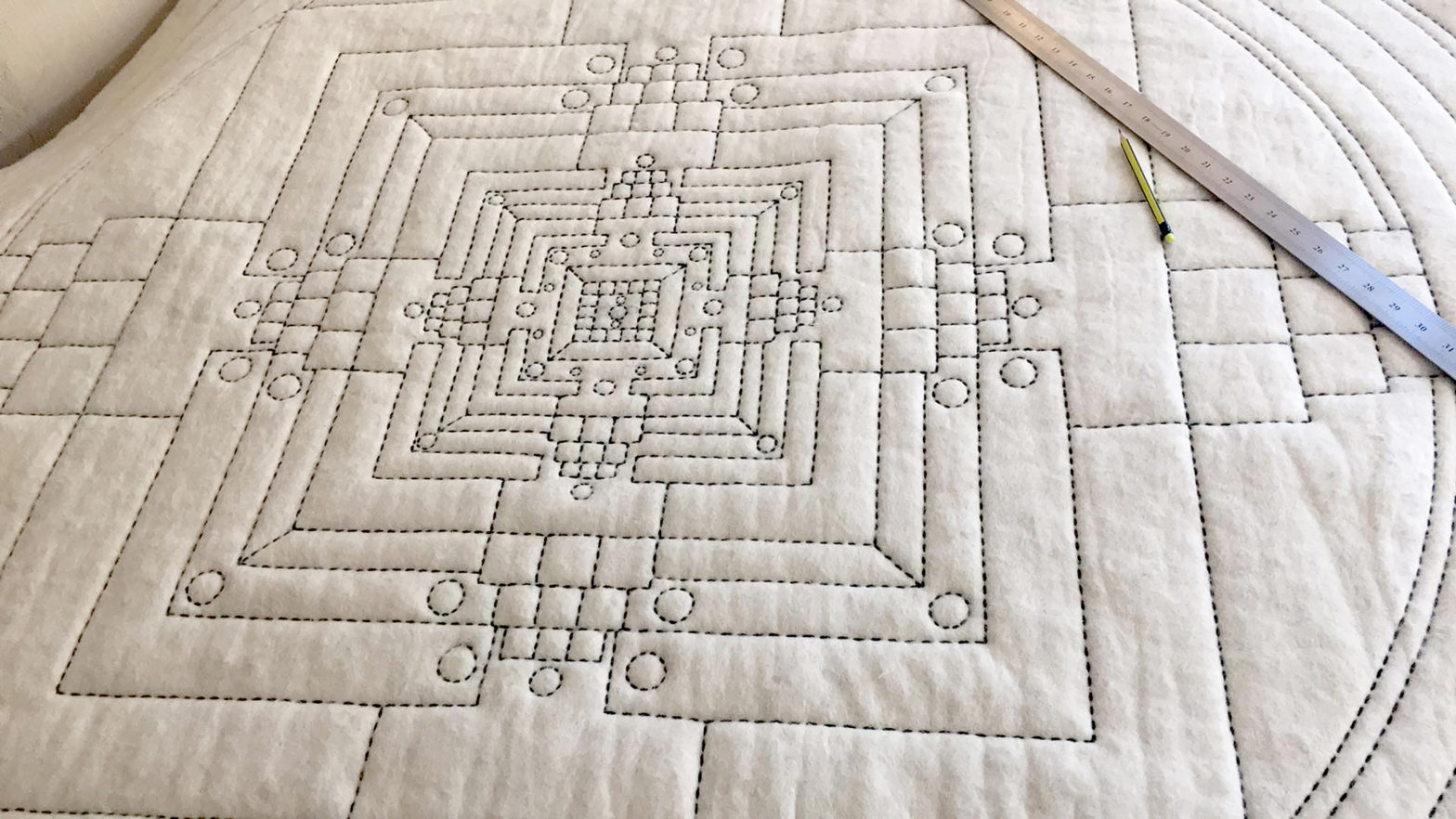
-
The Womb & the Diamond
The Womb & The Diamond, 2021 Installation made of handblown glass, mirrors, and a diamond 300x600cm Commissioned by Live Forever Foundation, Taichung, Taiwan Photo by Anpis Wang, Courtesy of Live Forever Foundation, Taichung, Taiwan The Womb & The Diamond is a large-scale installation composed of an assemblage of over a thousand pieces of glass and…
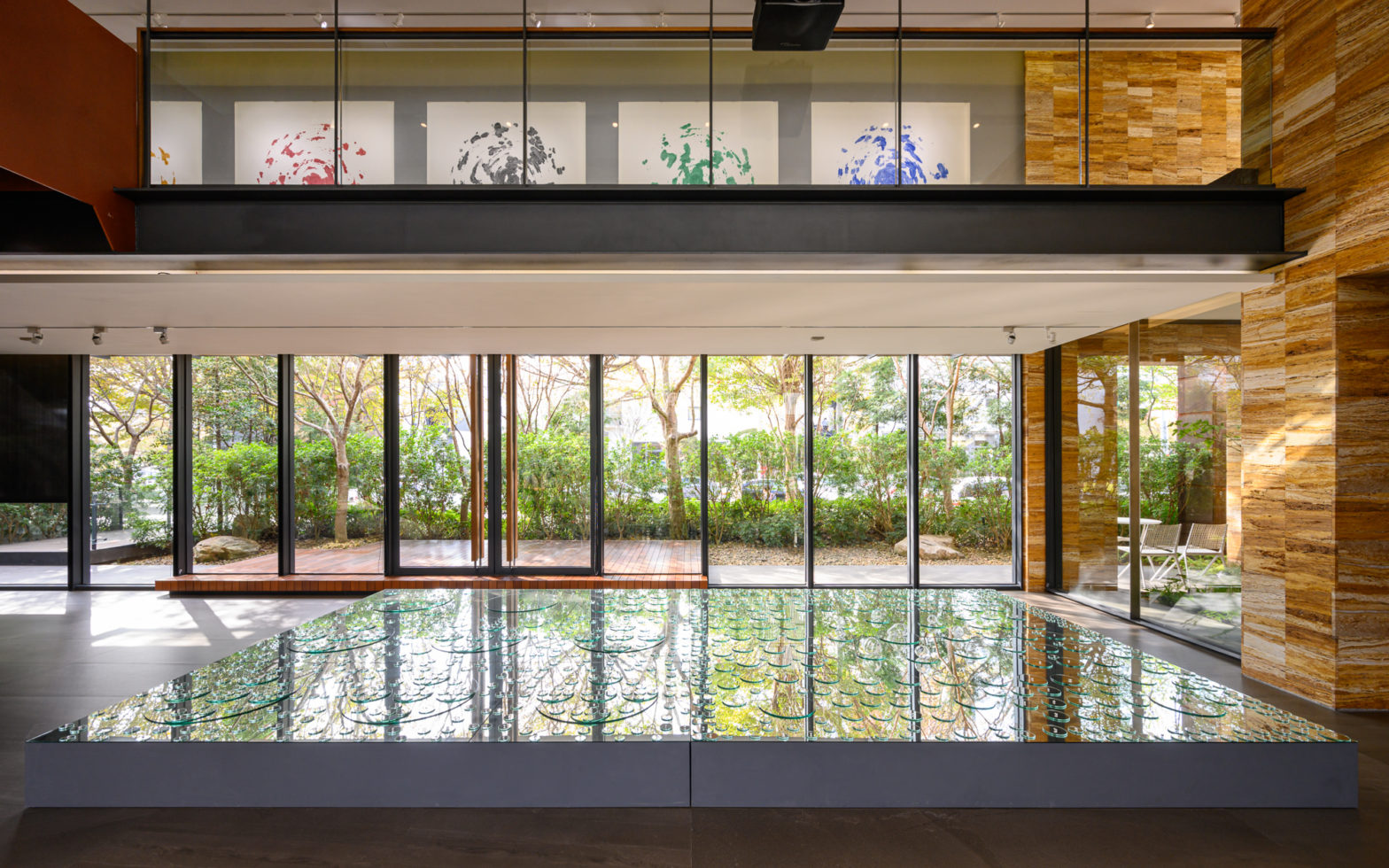
-
The Womb & the Diamond
The Womb & The Diamond January 31 ~ May 30, 2021 Vital Space & Art Corner at Taichung National Theater, Taiwan Curated by Dr. Jau-lan Guo The Womb & The Diamond is a solo exhibition by Taipei-based artist Charwei Tsai and curated by Dr. Jau-lan Guo at Vital Space and Art Corner at Taichung National…
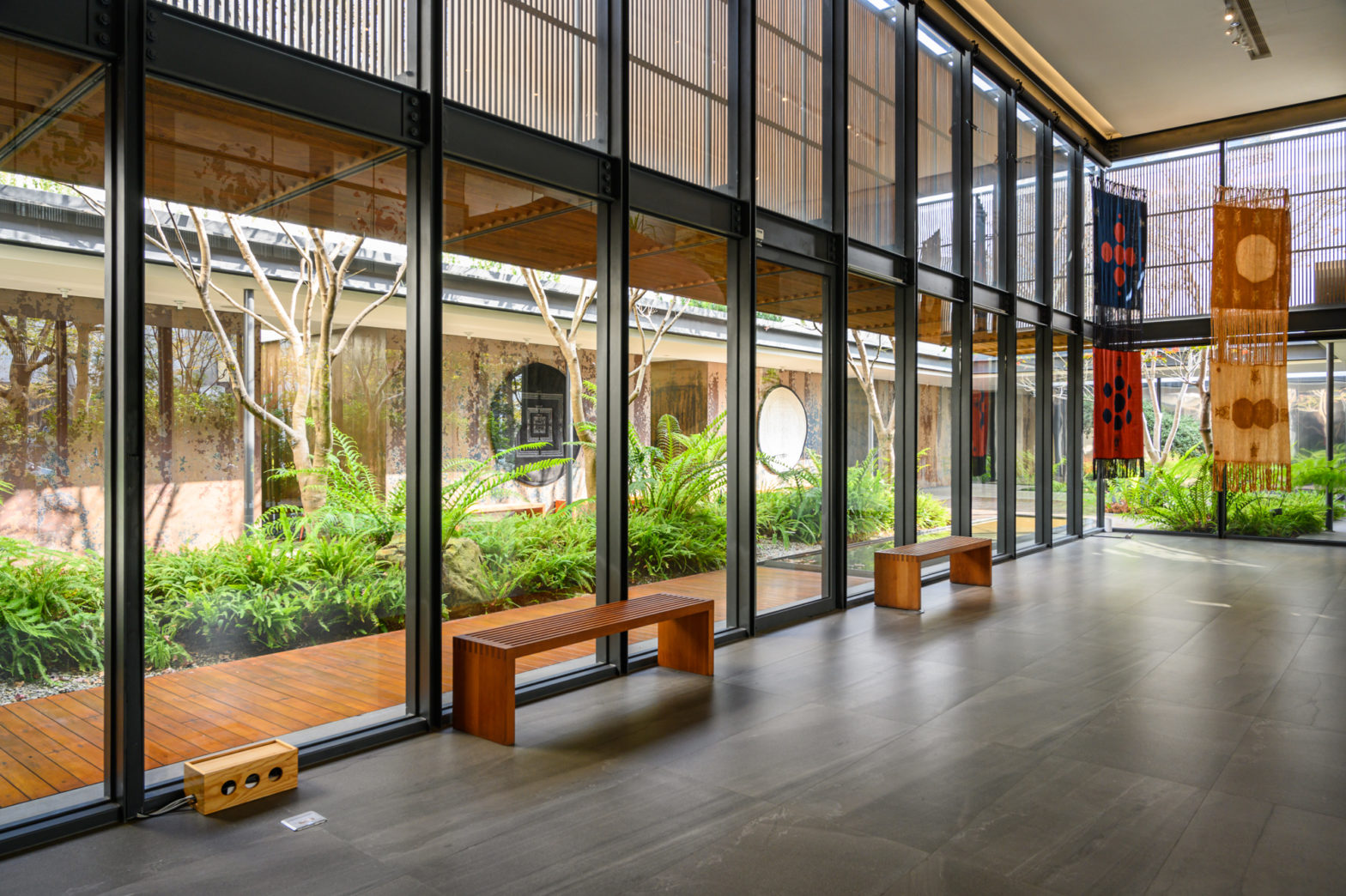
-
Songs We Carry
Songs We Carry A solo exhibition by Charwei Tsai Curated by Jo Ying Peng 8 May ~ 13 June 2021 Vernacular Institute, Mexico City Songs We Carry is a project by Taiwanese artist Charwei Tsai made in collaboration with Tibetan filmmaker Tsering Tashi Gyalthang. It is composed of the series of videos Songs of Chuchepati…
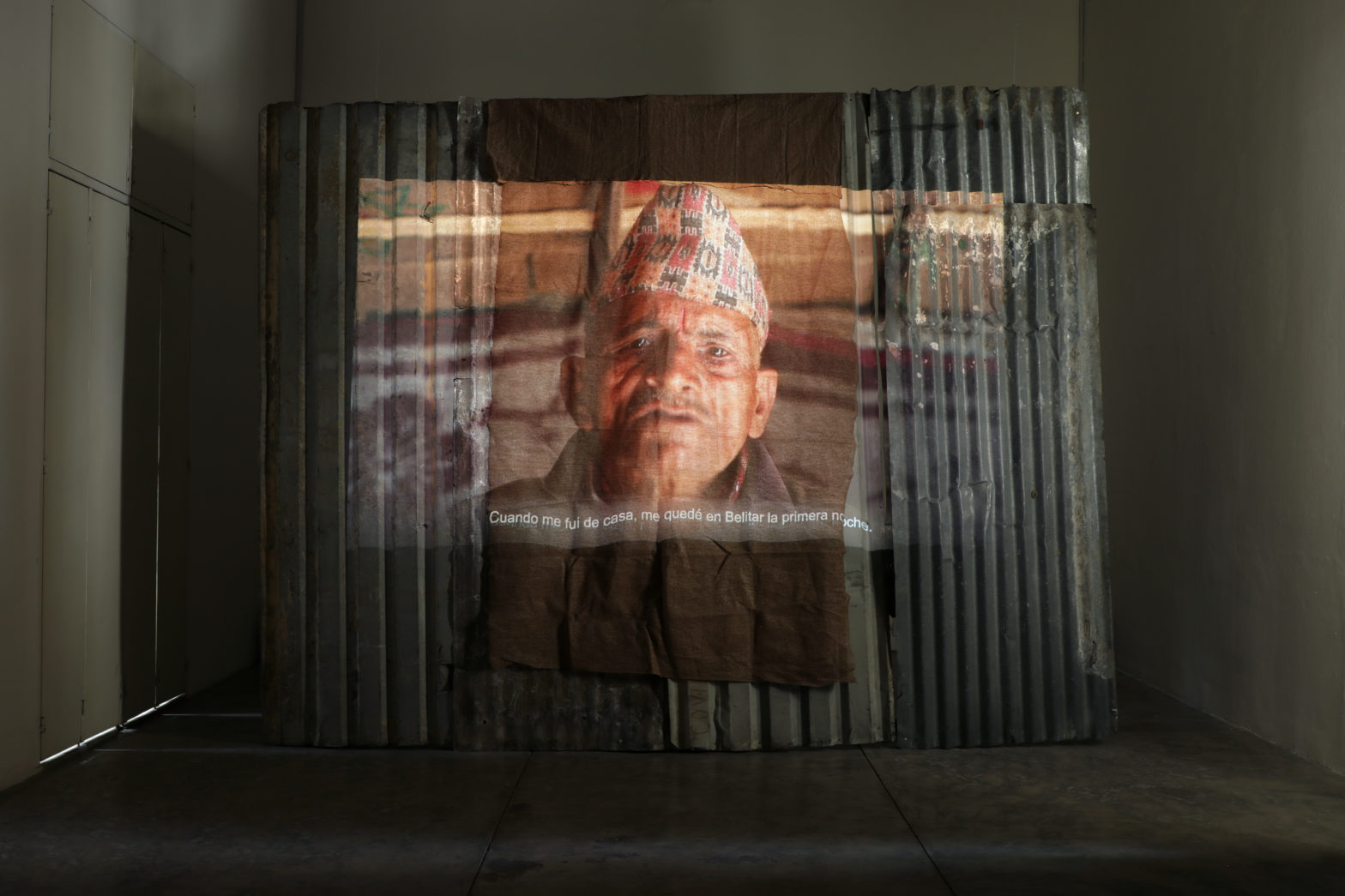
-
Whirling Natural Pigment Series
We Came Whirling Out of Nothingness XII, 2021 Natural mineral pigments, watercolor and ink on linen 76x76cm to 90x90cm “We Came Whirling Out of Nothingness XII” is a series of new paintings where Tsai paints circular forms with natural pigments extracted from minerals, such as malachite 石綠, cinnabar 硃砂, agate 瑪瑙, and shell powder, then…
